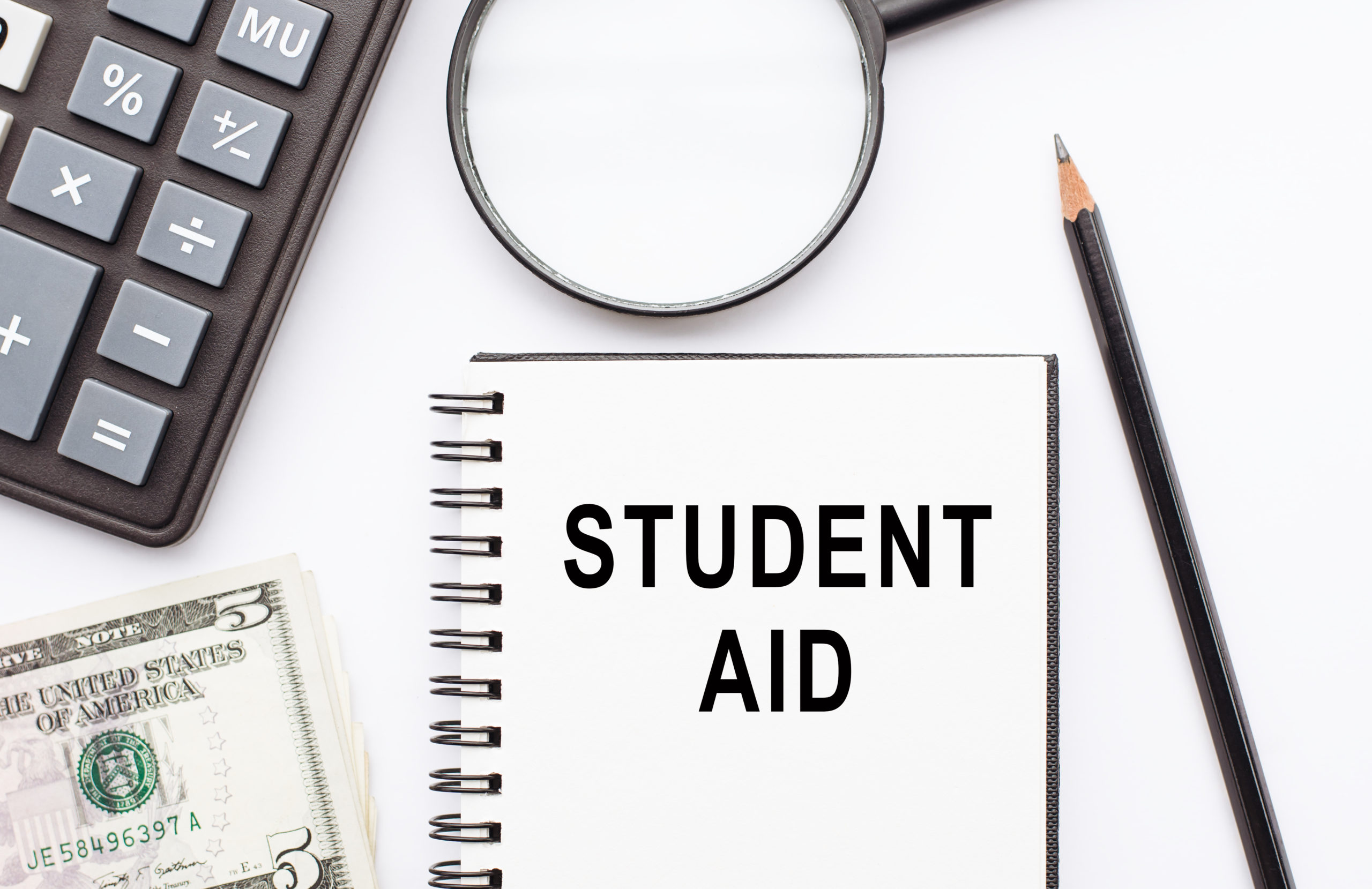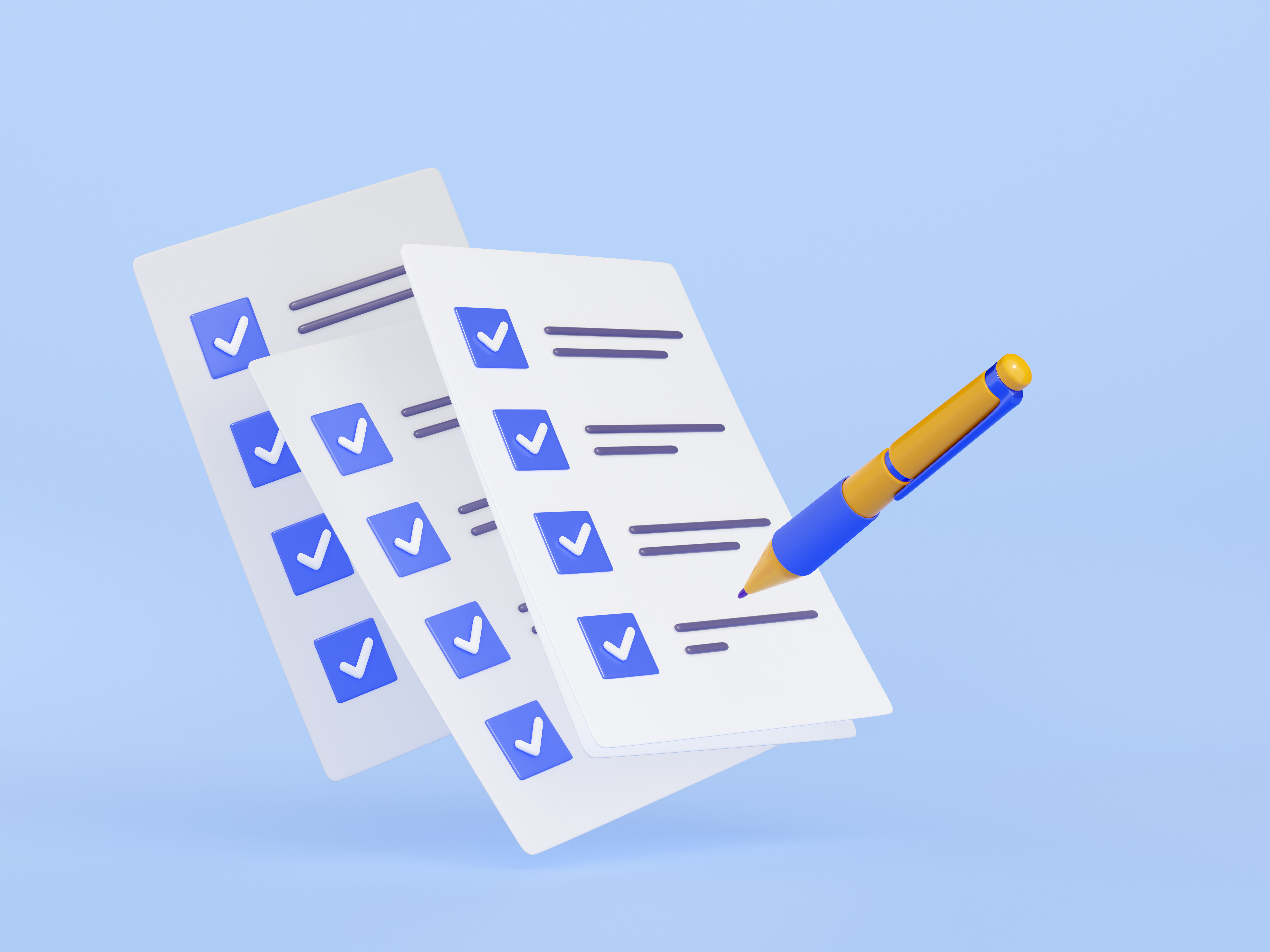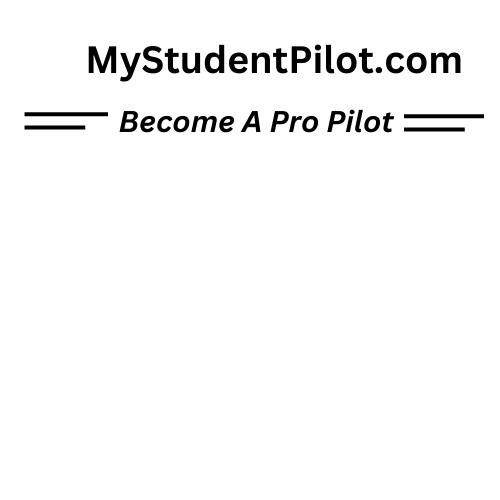If you’re pursuing an accelerated path from zero time to CFI and beyond, career training loans can bridge the gap when savings and scholarships aren’t enough. Unlike traditional degree-based loans, these products are designed for non-degree professional programs—including many flight schools. Below is a practical guide to what typically qualifies and the documents you’ll be asked to provide so you can apply with confidence.
What counts as an “eligible program”?
Most private lenders say career training loans can fund professional or certificate programs offered by participating schools—not just colleges. For pilots, that often means Part 61 or Part 141 schools that have been onboarded by the lender or meet the lender’s program criteria. For example, Sallie Mae advertises an Airline Career Loan that can cover flight and ground hours, certification and license fees, and some required equipment when you attend a qualifying professional-based program. (Sallie Mae)
College Ave likewise offers career training loans to cover tuition and related educational expenses for approved programs; eligibility depends on the program and the school, and you’ll see options during their application flow. (College Ave)
A key point: private lenders usually require school participation/certification—your school confirms your enrollment and the cost of attendance before funds are released. If your flight school isn’t already in a lender’s network, ask admissions/finance which lenders they work with and whether they can certify your program. Sallie Mae’s terms explicitly note loans are subject to school certification and the student must attend a participating school. (Sallie Mae)
Tip: If your preferred lender doesn’t support your school, you might look at specialized aviation financing (e.g., AOPA’s training line of credit), which isn’t a traditional “student loan” but can be used across many flight programs. (AOPA Finance)
Typical documentation flight students are asked for

Every lender’s checklist varies, but you can expect some combination of the following for you (and your cosigner, if applicable):
1) Identity & personal details
- Government-issued ID and Social Security number (or ITIN) for identity verification and credit checking. Lenders conduct a hard credit pull and may have minimum age requirements. (Bankrate)
2) Proof of income / ability to repay
- Recent pay stubs, W-2s, or tax returns; if self-employed, expect more documentation. These verify income and help the lender assess debt-to-income. (College Ave, PNC Bank)
3) Cosigner information (if used)
- Personal info, income proof, and consent for a credit check from your cosigner. Many flight students benefit from a strong cosigner to qualify or to access better rates. (Bankrate)
4) School & program verification
- Enrollment status, program type (e.g., Airline Career Program/Pro course), and anticipated program length or start/end dates.
- A school certification or similar form confirming your cost of attendance (COA). The lender relies on the school to validate the amount you’re borrowing covers eligible training expenses. (Sallie Mae, Navy Federal Credit Union)
5) Cost details / how the funds will be used
- An itemized estimate of tuition/fees, aircraft rental, instructor time, checkrides (DPE), written exams, and required headsets or software—depending on lender policy. Sallie Mae’s flight-specific page highlights coverage for flight and ground hours, certification & licensing fees, and some required equipment; use that as a template when building your COA. (Sallie Mae)
6) Citizenship/residency status
- U.S. citizens or permanent residents can usually apply on their own (subject to credit). Non-citizens typically must reside in the U.S., attend school in the U.S., and apply with a creditworthy U.S. cosigner, per Sallie Mae’s terms. (Sallie Mae)
How lenders verify eligibility (and why it matters)

Private loan approvals hinge on three parallel checks:
- The borrower (and cosigner) pass credit and income screens. Many private loans require a minimum credit score/income, or a cosigner, to qualify. (Bankrate)
- The school/program is eligible and certifies your enrollment and costs before disbursement. (Sallie Mae)
- The amount aligns with your COA and eligible expenses; lenders may send funds directly to the school after certification. (Navy Federal Credit Union)
Understanding these gates helps you prepare a clean, first-pass submission, reducing back-and-forth that can delay training start dates.
A pre-application checklist for pilots

Use this quick prep to save time (and headaches):
- Build your COA with realistic line items for aircraft, fuel surcharges, ground, DPE fees, written tests, medical, headset/iPad/EFB, and a small buffer. Then ask your school’s admin to confirm what they can certify. (Sallie Mae underscores the importance of school certification for participating programs.) (Sallie Mae)
- Confirm lender fit: Check whether your flight school appears in the lender’s system and that your specific program (e.g., Airline Career/Zero-to-Hero) is eligible. College Ave’s career loan page sets expectations for program-based eligibility and coverage. (College Ave)
- Line up a cosigner if your credit history is thin; collect their pay stubs/W-2s and give them a heads-up about the credit pull. Both Bankrate and College Ave outline typical income and credit requirements and the role of cosigners. (Bankrate, College Ave)
- Gather ID docs and be ready for identity verification. Some lenders will also ask for proof of address or additional verification if anything flags during underwriting. (Navy Federal Credit Union)
Final thought: organize once, apply smoothly
You don’t need to memorize every lender’s nuances. Instead, organize your documents around the categories above and keep a digital folder for: ID, income, school letter/enrollment verification, and your COA worksheet. With that in hand, you’ll be ready to apply to multiple lenders quickly—starting with those that explicitly support flight career programs (e.g., Sallie Mae’s Airline Career Loan) and then comparing offers for total cost and flexibility. (Sallie Mae)
Always verify current terms and eligibility on the lender’s site before you apply; marketing pages and policies can change. Bankrate’s overview is a good reminder that requirements and minimums vary by lender and state. (Bankrate)

Comments are closed.